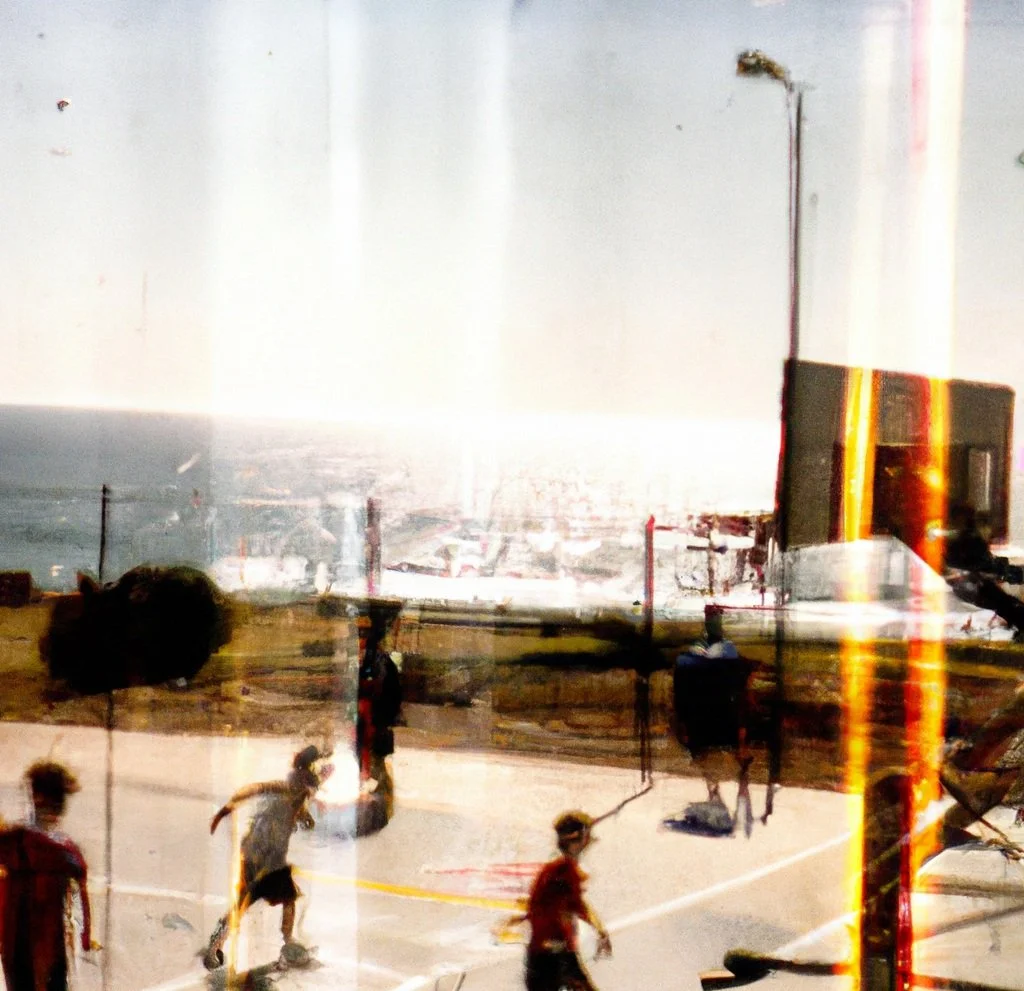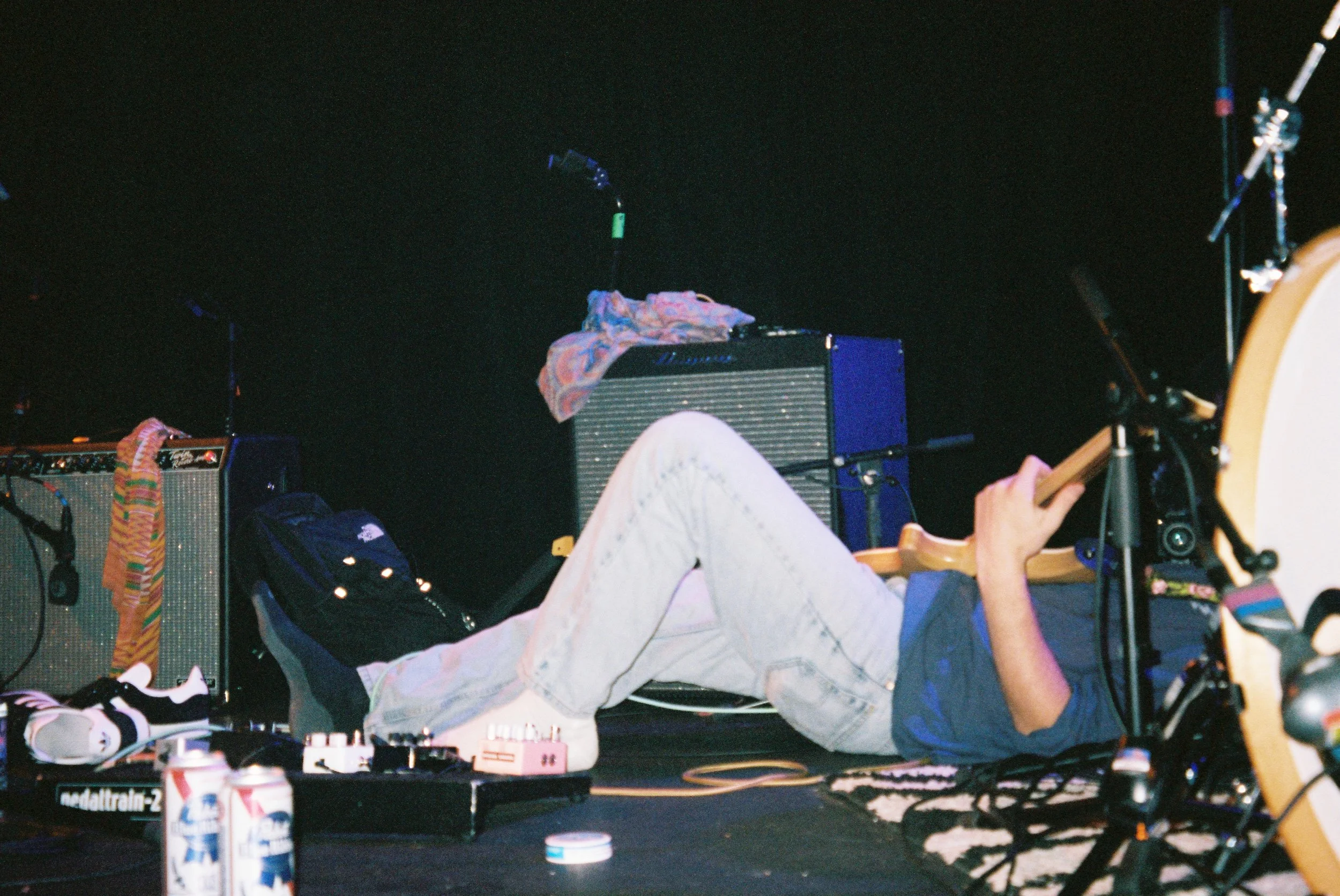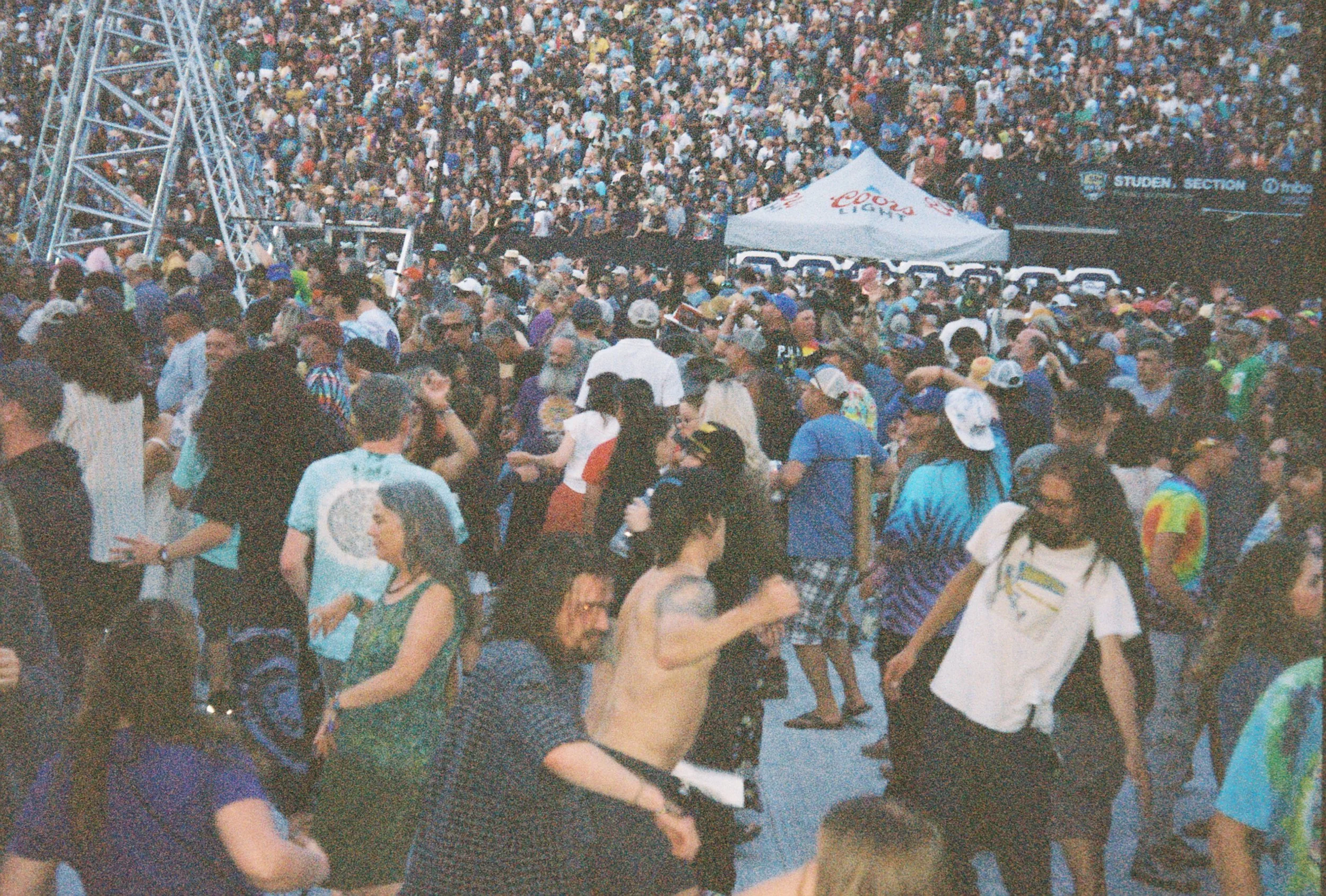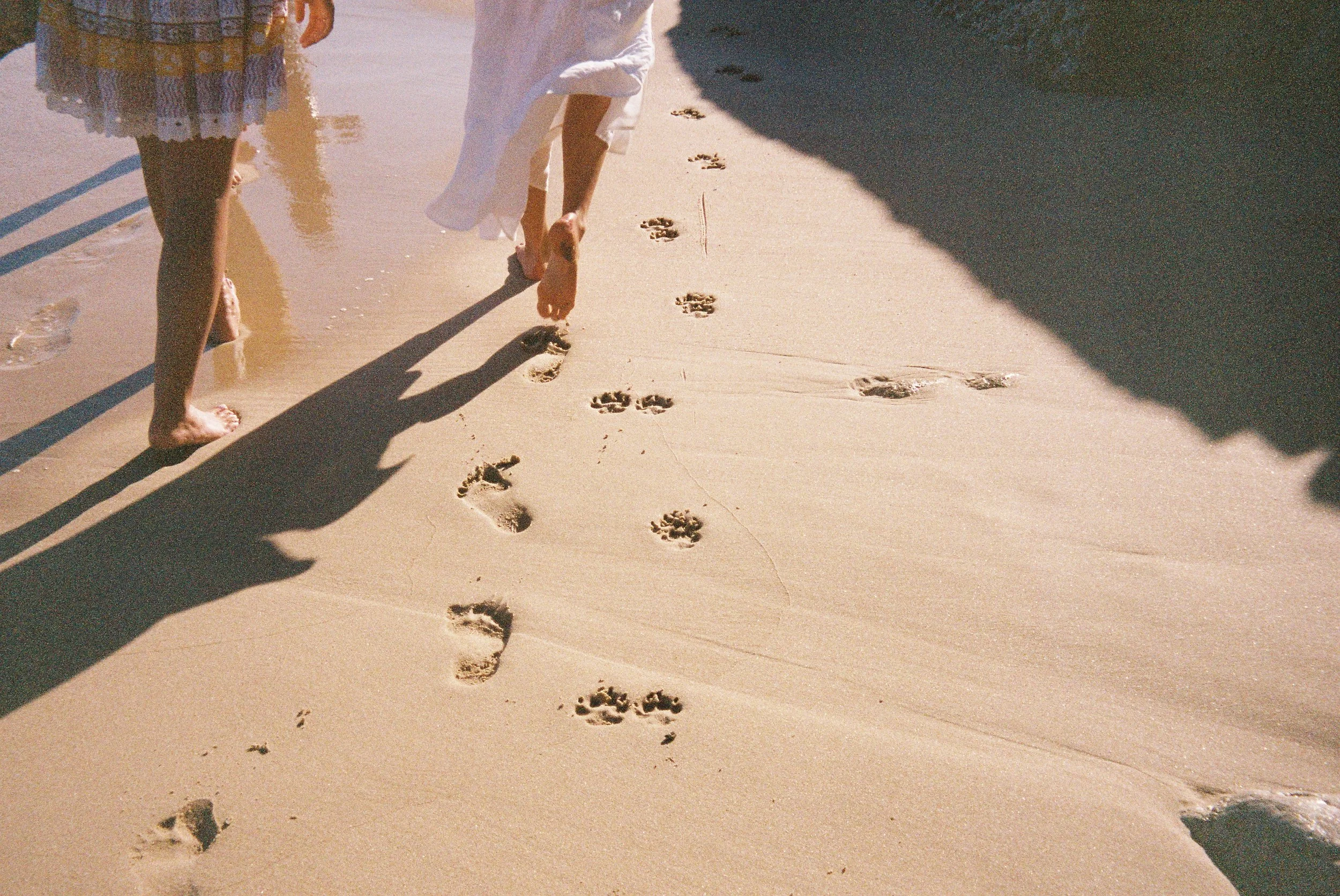Desire paths all over campus
Desire paths are formed when traffic spontaneously emerges where a landscape lacks a paved pathway. Individuals collectively choose informal pathways, ignoring paved ones, because they all individually experience the desire to take this specific route (often because it’s more direct or intuitive). Desire paths must continually be walked on, otherwise the path would disappear back into its natural terrain. Humans and animals continue to pave these pathways somewhat unconsciously— I think there must be something ingrained in our programming that urges us to go in a specific direction, despite the actual pathways in front of us telling us to do something different.
Desire paths illustrate the collective human experience, the programming we all share, and the importance of considering user experience in design. Gaining understanding of user experience and how to be a successful UX designer requires an understanding of the living systems and patterns that exist in our world. There is a constant struggle for balance between what it’s like to build the world and what it’s like to actually exist within it. Connecting ourselves with biology is an excellent way to approach this problem. Life has many shared sequences and imitations that can aid our process of understanding how everything needs to work.
For example, we, as humans, are biologically wired to take the path of least resistance. Often, this is how these desire paths are formed. I have noticed desire paths all over our campus at DU. To me, they are the perfect illustration of the tension between design and user experience. There is so much more to be taken into account than aesthetic. One must walk and live in the space themselves to understand how people are going to interact with it. Knowing that we all operate collectively and under these many complex systems, there can be a systematic approach to considering design.
Biology and technology are interconnected and technology has been built following the model of life. To make technology successful, both mechanically and for the user experience, all one needs to do is reference or imitate the natural processes of life and growth. Biomimetics could be the key to successful UX design. Desire paths expose failures in design plans, but also highlight opportunities for improvement, and more importantly, the connectivity between biological systems and design systems. In a beautiful way, they imply community and likeminded-ness among strangers. We all walk together. To me, desire paths are a natural work of art.







